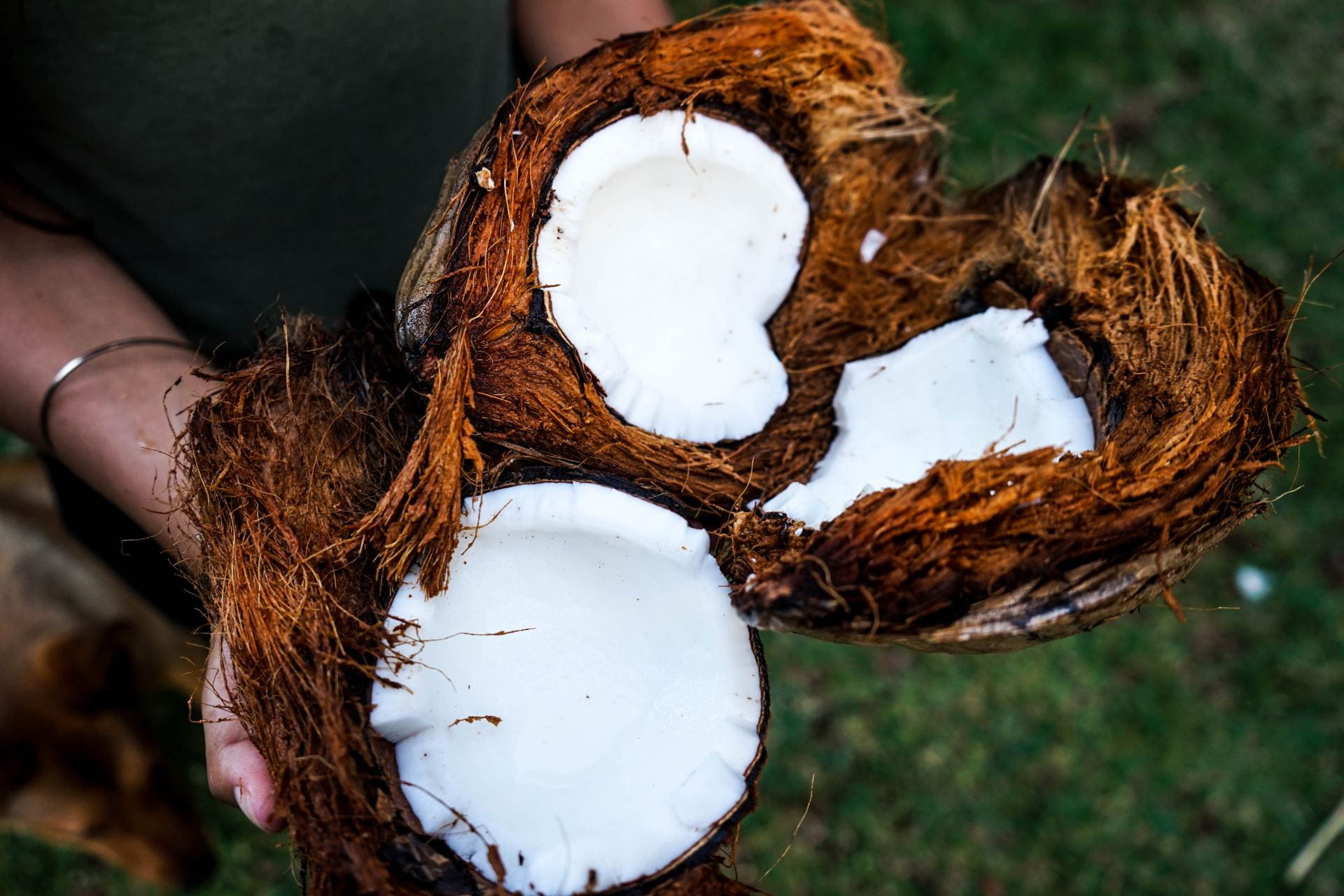If you’re interested in nature, you may find it easy to point at something and identify it while out on a walk, but what if that locust you just saw was really a grasshopper? There is a debate within the scientific community on how heavily scientists should rely on identifying an organism based on its characteristics now that we have access to genetic testing — or if they should even rely on it at all. In the past, there have been vague descriptions to define species, and while those definitions have been updated, it has led to some confusing and sometimes humorous examples.
Such a small amount of genetic information determines an organism’s phenotype, otherwise known as the observational characteristics of an organism, that some believe identifying an animal just by its phenotype could not only cause confusions, but gather incorrect data altogether.
One of the biggest things leading to confusion over species identification is convergent evolution. Convergent evolution is something that happens when species that are not related evolve to have similar characteristics, often as a result of the environment that they thrive in.
Omar Tonsi Eldakar, an associate professor in the department of biology at NSU, offers an example.
“Individuals are converging on similar characteristics, so you might have these different species, but then, all of a sudden, they look alike. It’s like a dog and a dolphin, right? Both are mammals, but no one is going to mistake a dolphin for a dog. A dolphin looks more like a fish because, ultimately, that environment favors those characteristics. The organisms in that environment sometimes will converge on very similar attributes,” said Eldakar.
Such is the example of a coconut. By a dated definition, a mammal is defined as something that has hair and produces milk. The coconut does in fact have hair-like structures and produces milk, but is it really a mammal?
Matthew Hoch, an associate professor in the department of marine and environmental sciences at NSU, explained that identifying an organism by just its characteristics can not only be confusing, but can actually be harmful to the organism.
“It could be harmful if you have cryptic species, and amongst that cryptic species might be a subspecies that is endangered, and if we’re only using phenotype, we might not recognize that. On the other hand, if you’re only using phenotype, there are occasionally different populations of species that might look different enough that you might mistakenly think they’re different when actually they’re the same species with just a geographical phenotypic variation,” said Hoch.
Sometimes, characteristics are all scientists have to go off of. For centuries, scientists did not have access to genetic and molecular testing, so they did their best and made educated guesses. Even before there was organized science and scientific studies happening, human beings relied on observations to survive.
“From an evolutionary standpoint, recognizing something by the shape of it was kind of essential for our survival. It let us know what was good to eat and what was about to eat us so we could avoid it. I think there is a natural human tendency for us to categorize things based on the shape and appearance,” said David Kerstetter, an associate professor in the department of marine and environmental science.
Even if some genetic testing was available, there were oftentimes conservation concerns about dissecting an animal just to identify it.
“If it flew and it looked like it had wings, maybe it was a bird! Who knows? It just required a different level of examination than we’re used to,” said Kerstetter.
While using genetic testing may be the most solid way to identify something, using an organism’s phenotype can still be a useful tool, especially if you’re in the field and have nothing else to go on but your research and your observations.
The question still stands, though: is a coconut a mammal?
“I would not agree that a coconut is a mammal, primarily because it lacks bearing young, leaving aside the definitional issues of monotremes,” said Kerstetter.
“It’s a vegan animal! Plants do sometimes develop hair-like structures that are supposed to reduce the amount of evaporation that comes out of the leaves and some people think it’s fuzzy. No, it’s not,” said Eldakar.
“Yeah, definitely not. This is a good illustration of why modern taxonomy doesn’t just rely on morphology. The acceptable definition of mammal now is based on ancestry and not morphology. Physical characteristics are things we can use as clues to identify ancestry, but they’re not the only evidence to identify animals,” said Hoch.


